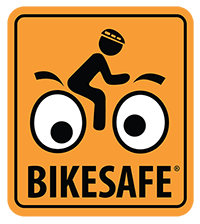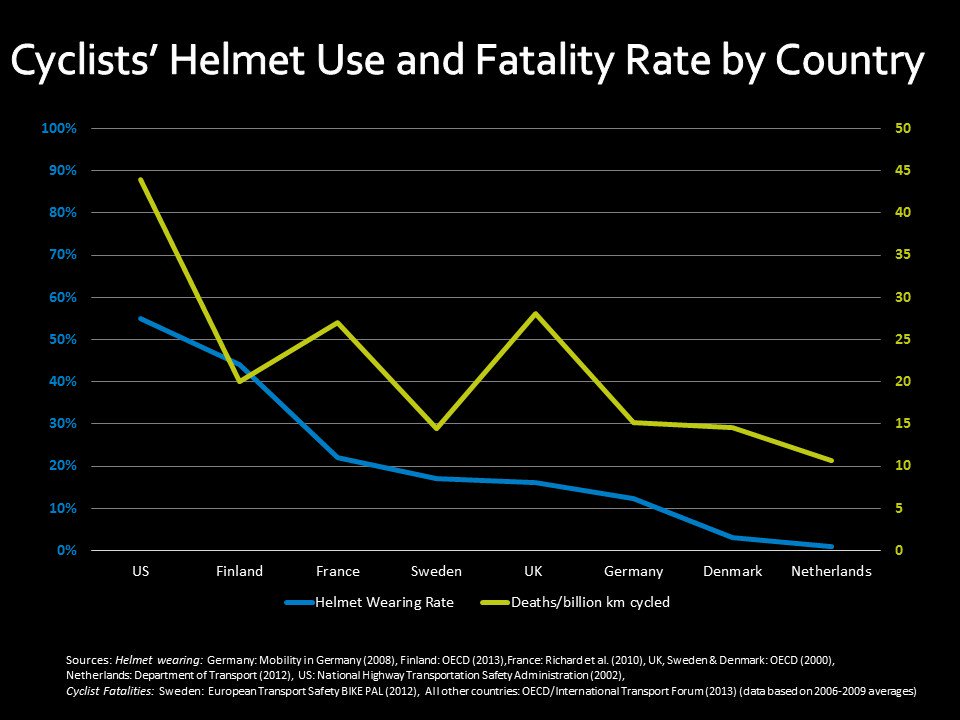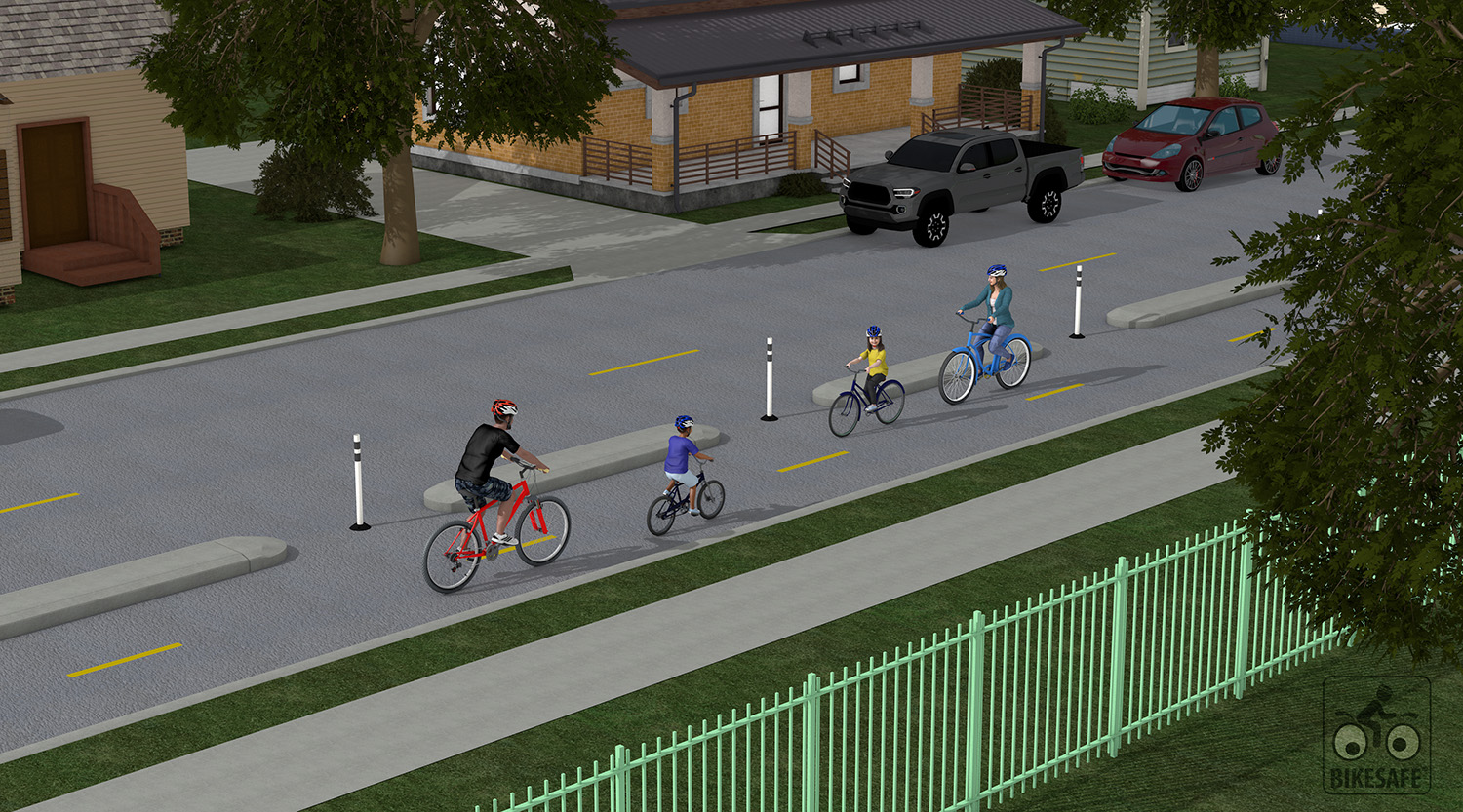Why helmet fit matters:
Helmets only provide protection when properly fitted. A loose, tilted, or poorly-adjusted helmet cannot reliably provide the user protection and could result in other avoidable injuries. We recommend fitting your helmet with the “Two Finger Rule” to ensure it can provide the most protection possible.
While we support using a helmet and emphasize that they are legally required in many locations - especially for children and young adults (Florida requires helmet use up to the age of 16 for riders and passengers) - bicycle helmets should be used with a clear understanding of their capabilities and limitations.
Fitting a helmet with the “two-finger rule:”

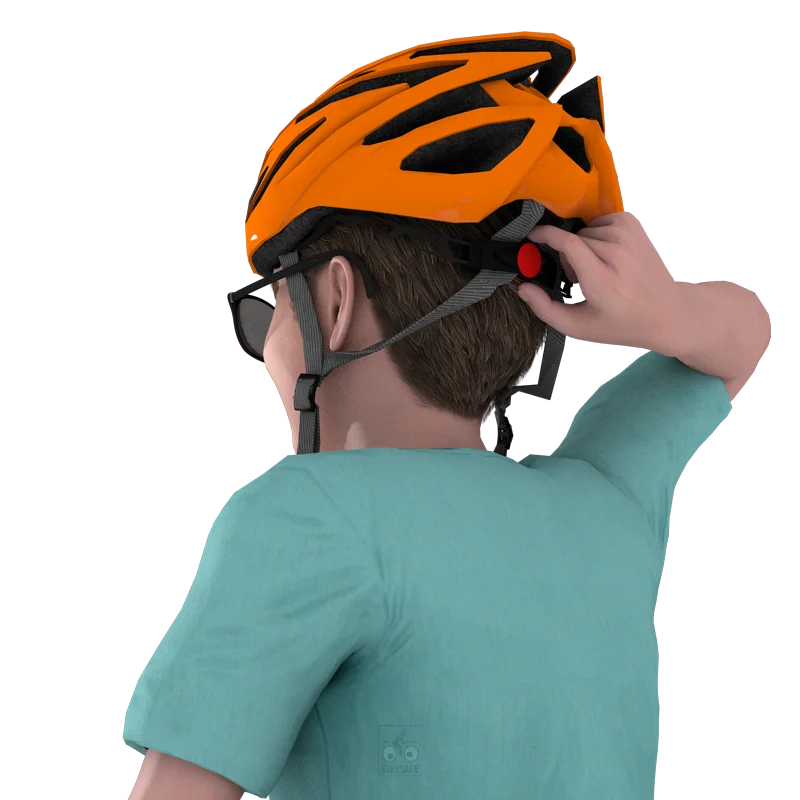

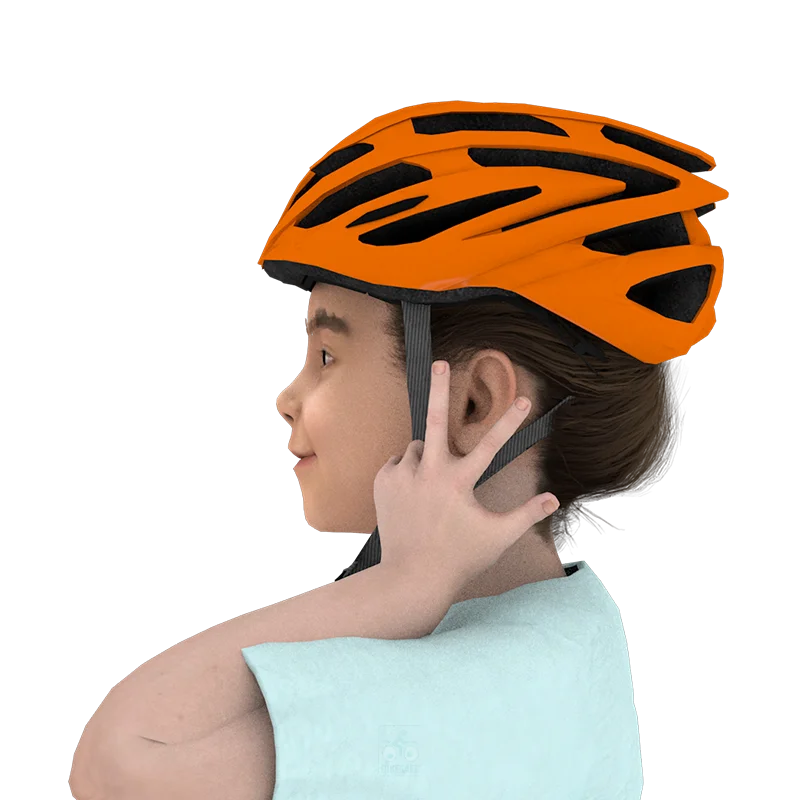
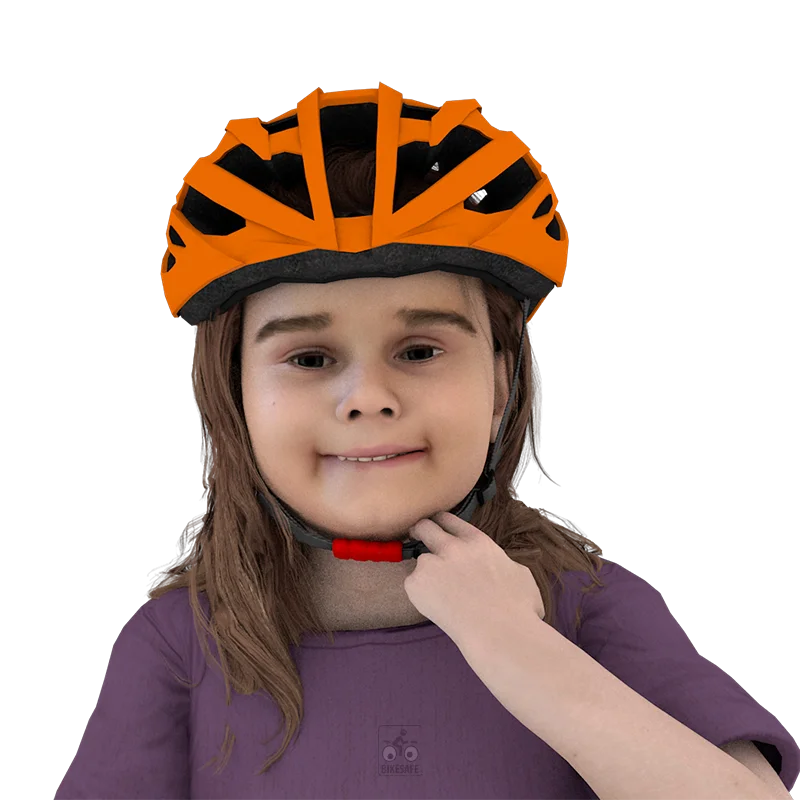





Helmet awareness:
Since the introduction of the modern bicycle helmet ~45 years ago, efforts to encourage their use - especially within the context of unsafe bicycle facilities typical of North American road design - have also led to misconceptions of what a bicycle helmet is capable of.
As a helmet user, or as a parent investing in your child's safety, you should know everything there is about helmets - how they work, what they are designed to do, and what they are not designed to do.
How helmets work:
By design, the polystyrene foam inside a helmet is designed to crush upon impact, spreading these impact forces over a larger area, and protecting a rider from skull fractures during a fall. This is one of the reasons helmets are an absolute necessity for mountain biking, where rocks and other jagged, fixed obstacles can both lacerate the skin and provide very concentrated forces that may cause a fracture.
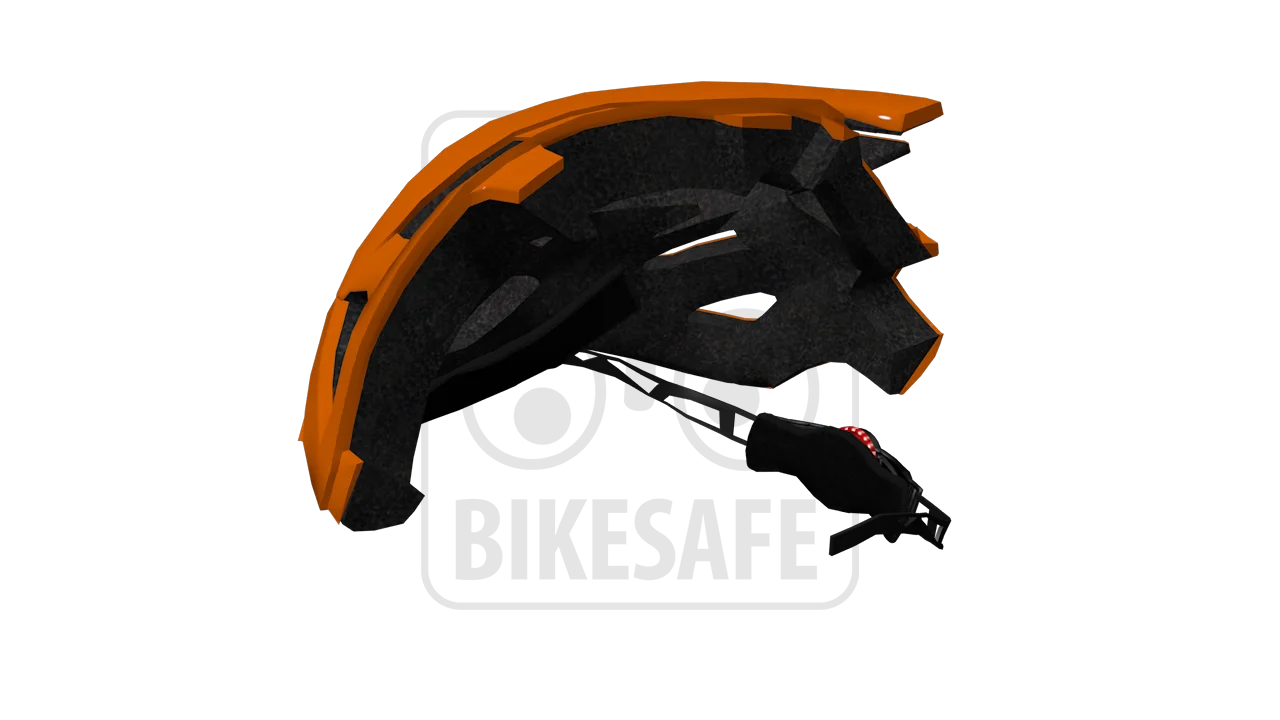
The Foam:
Though the foam of a bicycle helmet is very dense and feels solid to the touch, this foam will compress during an impact, conforming to the shape of your head in doing so. The human head is quite heavy and kinetic forces upon impact are more violent than most realize, resulting in the dense foam compressiong drastically. This is how the helmet provides protection, by spreading concentrated forces over a larger area.
This is also what makes a bicycle helmet a one-time use item after a crash - after a crash, this foam remains permanently compressed and does not return to its previous shape. As such, it cannot absorb the forces of another impact.
Parts of a helmet:
The majority of bicycle helmets - from the inside out - are constructed with:
- Velcro-secured soft pads to fine-tune the fit and comfort of the helmet,
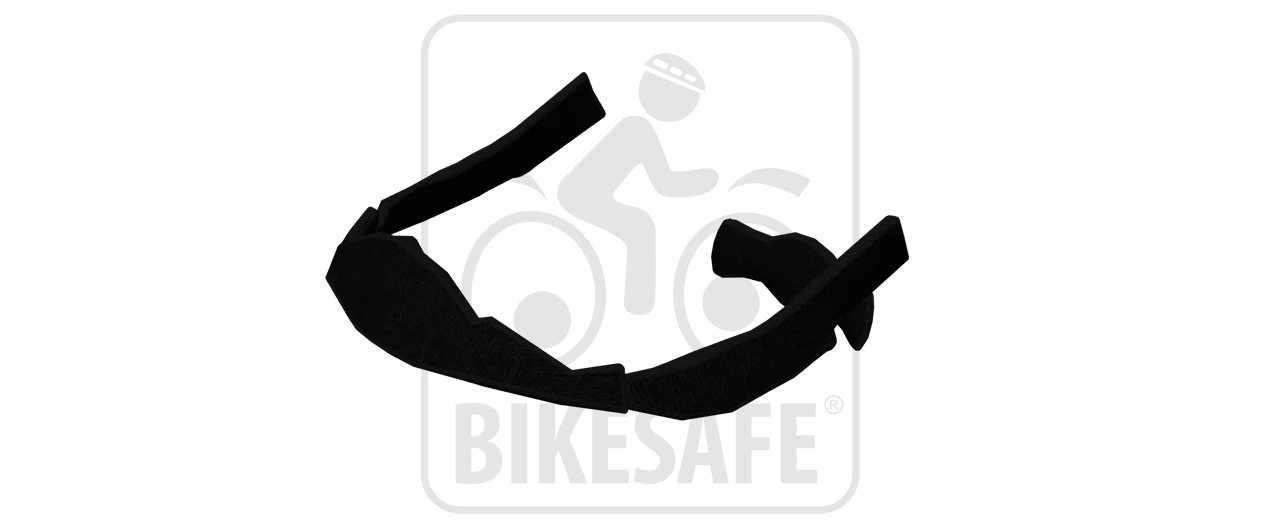
- A hard polystyrene foam inner structure which forms the crushable part of the helmet,
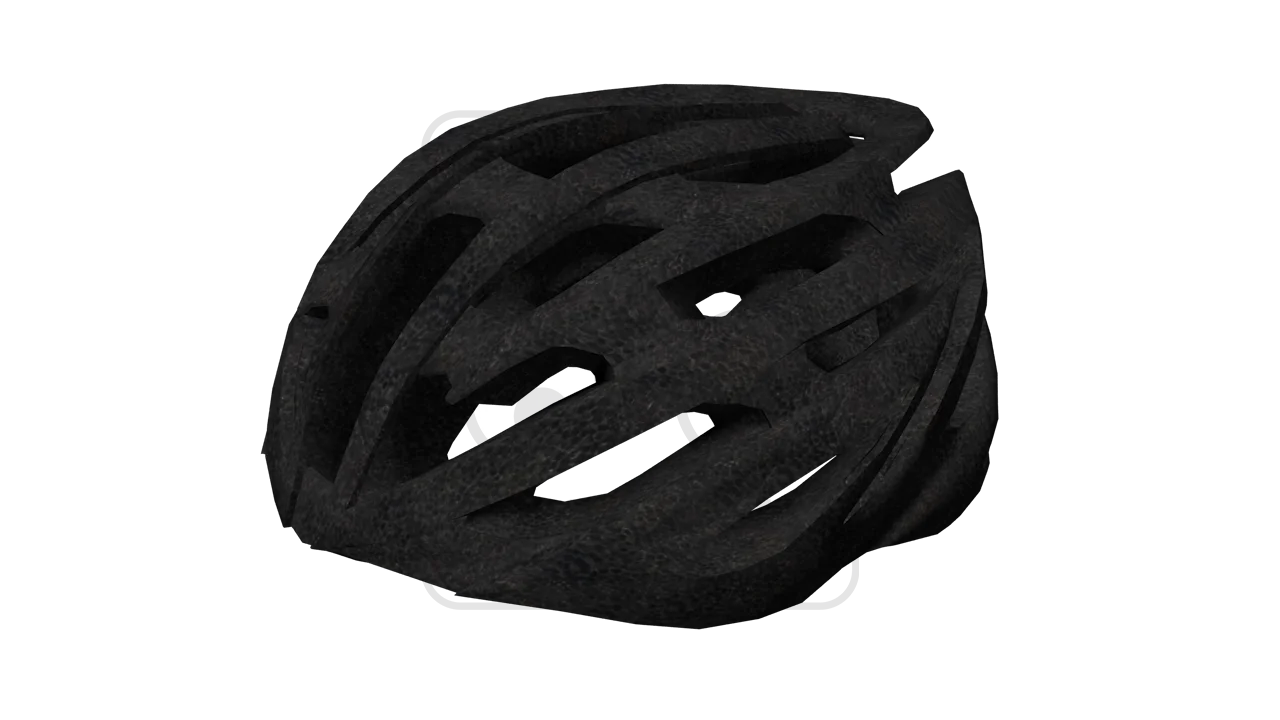
- A vacuformed or hard plastic outer shell that maintains the shape of the hard foam. This shell protects the foam from shearing or cracking on impact and provides UV protection.
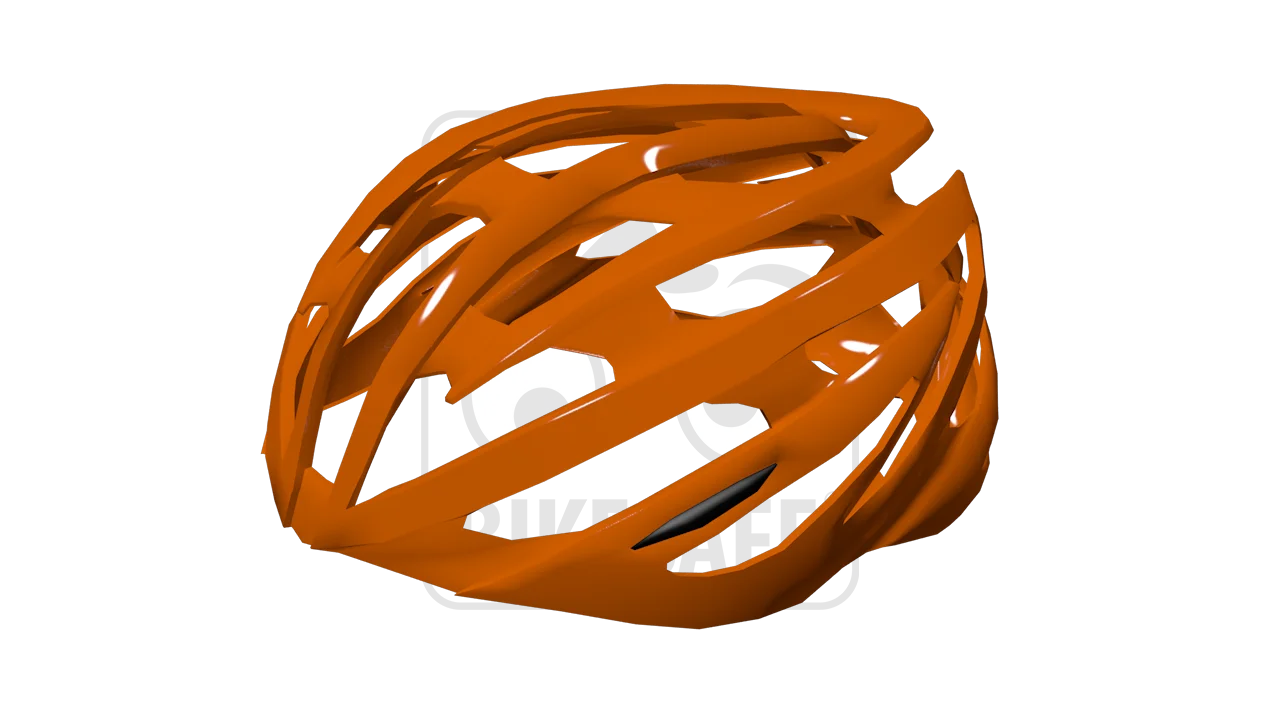
Many bicycle helmets - but not all - also have an adjuster ring at the back. This allows the user to adjust the helmet's circumference perfectly to their head:
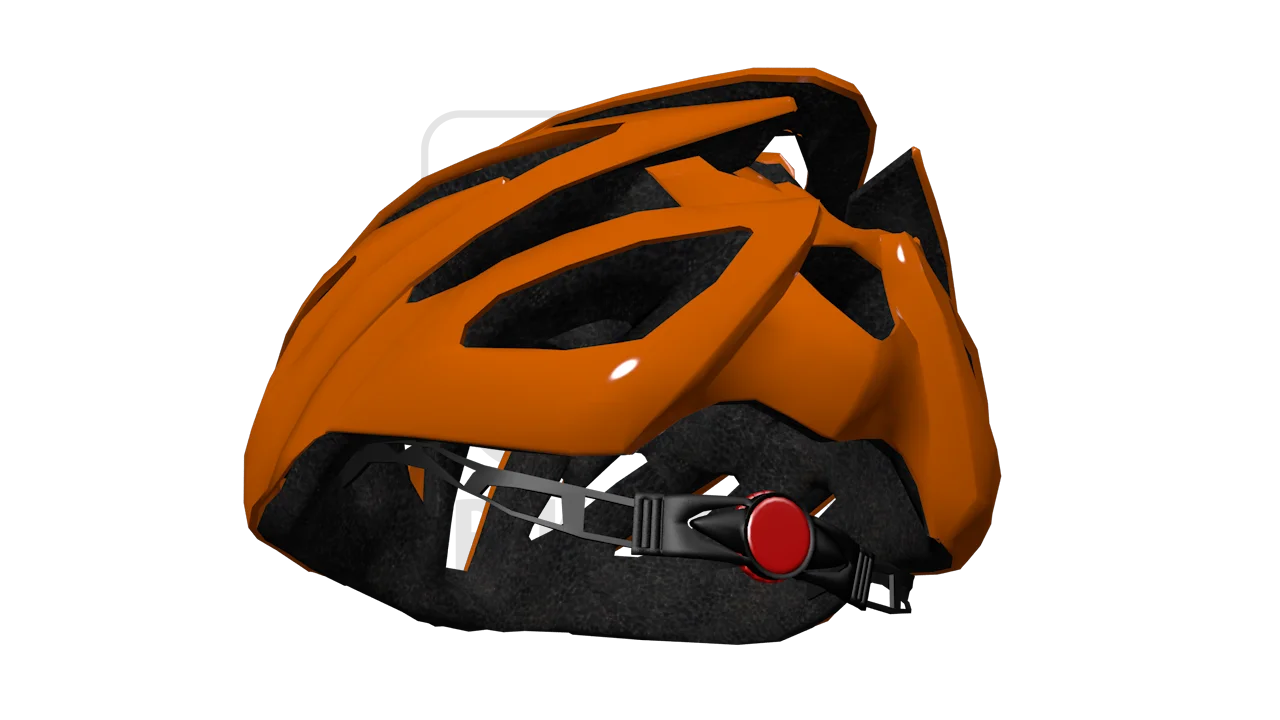
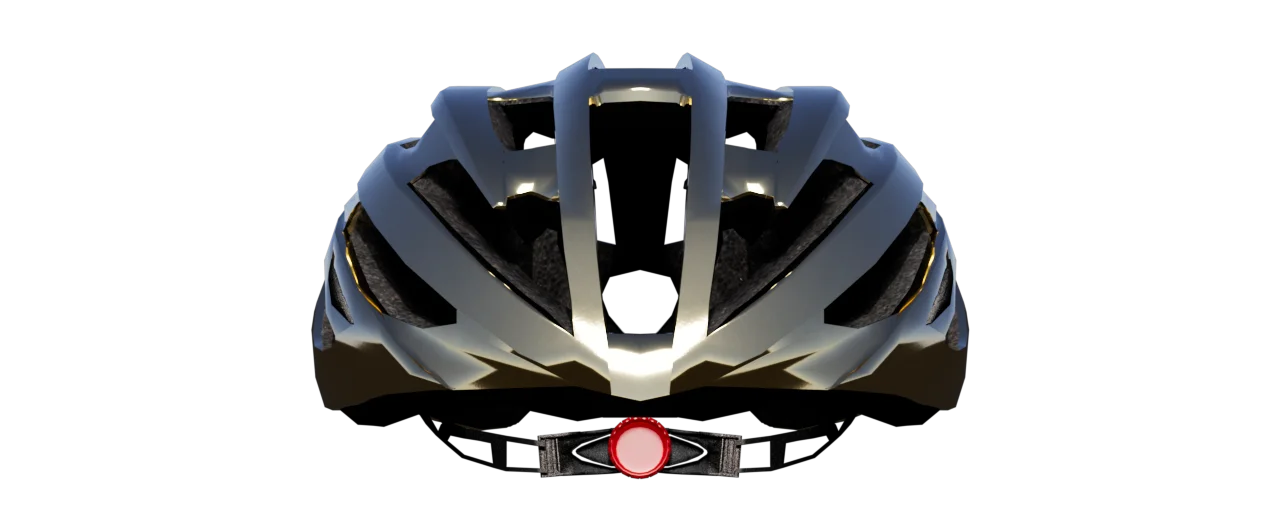
The Golden Rules:
When considering, purchasing, and wearing your helmet, please:
- Always recognize what a helmet can and can't do for you.
- Always check that a helmet carries an authentic CPSC certification label.
- Always ride within your abilities and threshold of risk.
- Always fit your helmet properly, using the two finger rule - or the instructions provided by the manufacturer.
- Always remind your city that helmets are not a substitute for safe bicycle infrastructure.
Download a print handout!
If you are looking for a flyer about helmet fit for your events or for education, download Safety Tips for Everyone, our 8.5" x 11" handout. It includes the Two Finger Rule for helmet fit, information about protected bike lanes, and other helpful tips and tricks.
More information:
The US Consumer Product Safety Commission (CPSC) tests and certifies helmets sold within the US to a specific strap test and drop test set by the American National Standards Institute (ANSI). This test replicates the impact forces of a person falling off a bicycle. Importantly, it does not reflect the multitude of possible impact forces, angles, and speeds associated with a human being hit by an automobile (some also argue the straight-down impact doesn't reflect conventional falls off a bicycle either). However, researchers in the UK and Sweden have since experimented with new methods to model rotational forces and other more accurate methods of determining helmet effectiveness.
While bicycle helmets have gone on record to surpass their rated limitations in various bike-vs-automobile collisions, these experiences are not a valid nor safe justification to expect a helmet to reliably provide greater safety than it has been engineered for. Personal experience is fine, but it is not scientific evidence, and tends to establish assumptions that may invite riders to take ill-advised risks.
Even helmet manufacturer Giro has made public statements that their helmets are not specifically tested or rated for impacts with automobiles. One may assume this is an attempt to reduce liability, though the current ANSI drop test - and the aforementioned 2021 research paper - tend to correlate these statements.
Other limitations:
A bicycle helmet is not designed to prevent a concussion from a direct hit or rotational forces. While the foam inside a helmet spreads impact forces over a larger area of the skull preventing fractures, it cannot significantly affect near-instantaneous deceleration (and, in some cases, acceleration from rotation). The brain in motion maintains enough kinetic energy on impact that it can displace the spinal fluid it is suspended in, allowing the brain to smack the inside of the skull.
Furthermore, a bicycle helmet cannot protect against neck or spinal cord injury - unlike, for instance, the HANS devices used in modern motorsports - and a helmet cannot protect against injuries to the rest of the body.
While the helmets you'll find in bicycle shops or from US-based retailers will almost always conform to US Consumer Product Safety Commission (CPSC) standards, we're now in an age where online vendors can sell you goods for markets other than the US, directly.
In other words, products that do not meet CPSC standards are now making their way to consumers in North America. In the past, customs inspectors could easily flag large shipments of products when shipped in bulk. Now that a single helmet can be shipped from a distributor directly to a consumer, lapses in certification are much more difficult to verify.
As such, some helmets sold via Amazon, AliExpress, Temu, and others may not comply with CPSC standards. Some may carry European CE (Conformité Européenne) certification instead. CE certification without CPSC certification on a US-market helmet is also sometimes an indicator of a potential counterfeit if the helmet carries a name brand. These are almost always sold by online vendors and are much less of an issue if the helmet is bought directly from an authorized dealer of the brand.
Unfortunately, often in an effort to get more people to wear helmets, some advocates tout helmets as the only tool to increase bicycle safety. Worse yet, this often comes with using scare tactics to increase usage or exaggerations of helmet capabilities.
Occasionally, a resource may claim that helmets are the most effective method to increase cycling safety, a claim frequently attributed to a misleading report from the Governor's Highway Safety Association (GHSA) and refuted by the League of American Bicyclists. The GHSA is the same organization that has gone on record to suggest that bicycle safety "is not an issue universally."
If helmets alone were the most effective thing to increase cycling safety, then the US wouldn't be the country with the highest helmet usage and the highest number of cyclist fatalities, per the data collected by the Toole Design Group below:
While bicycle helmets have undoubtedly and repeatedly served their purpose over the last half century, bombastic narratives equating all of bicycle safety with helmet use - with little consideration for other safety interventions - deflects attention from other effective solutions towards safety improvements.
Case in point: In 2019 the University of Colorado Denver and the University of New Mexico concluded a 13-year study of 12 US cities that implemented some form of bicycle infrastructure over that time. From the results collected during this study, the researchers concluded that the cities that built complete networks of "protected" bike lanes - bike lanes with physical separation from automobiles, whether on-road with dividers, or above curb level (separated, if you prefer US Department of Transportation terminology) - would see significant auto-vs-bicycle crash reductions.
The researchers concluded that the average US city implementing such a network would see a projected reduction in survivable bicycle crashes by 50% and a 44% reduction in fatal crashes, usually with an increase in overall ridership.
That's a full 50% reduction in crashes, not just a reduction of head-based injures resulting from a crash.
Also, note that the Netherlands has the lowest number fatalities on the Toole chart. Perhaps unsurprisingly, the Netherlands has the largest and most cohesive protected bicycle network of any country in the world.
In other words, until proven otherwise, protected bike lanes are the most effective single method of improving safety for riders. Plus, unlike an item of PPE, such as a helmet, the protected lane provides a level of safety regardless of a rider's decision; thus, a protected/separated bike lane is an direct investment in public safety.
What's more, protected bike lanes prevent the crash in the first place. Helmets don't inherently prevent crashes due to poor road design, and thus cannot solve one of - if not the - biggest issue facing cycling safety today.
That said, it is far more difficult to get cities reticent to spend infrastructure dollars on bicycling infrastructure. Often times, bicycling is not seen as a transportation investment, but a niche problem, particularly if the most visible riders in the area are risk-tolerant road racing sport cyclists. This usually makes it difficult to justify additional bicycle facilities to accommodate a potential demand from families and commuters seeking an automotive alternative.
Nevertheless, difficulty or cost does not make it any less important for public safety than "easy" solutions such as helmets, and it is unacceptable for cities with inexcusably dangerous roads and minimal (if any) bicycle infrastructure to treat this problem as a non-issue, especially if it negatively affects children, families, and young adults attempting to ride to school. Those who ride or walk to school directly contribute towards a reduction in morning school traffic and should always receive support of local leaders, especially in the form of meaningful infrastructure.
To learn more about protected bike lanes, see our page about safe streets.
We've provided this information so you can make an informed decision about helmet choice and use - not to judge you for it, as some do.
Combining safety elements is - obviously - an excellent way to guard against any mishaps, minor and otherwise, but always know the limitations of the tools you choose to use for your own safety - whether that's to use a calm side street, protected bike lane, elbow/knee pads, a helmet, or a combination thereof. This is in itself an important part of understanding the safety you've chosen for yourself, or your children.
You should also find out what action your city is taking towards making bicycling (plus walking and rolling - safety infrastructure should benefit all forms of human mobility) in the form of safe, protected bike lane networks that can get you or your children from home to school, work, or other destinations of interest without being needlessly exposed to the deadly mistakes of drivers.
